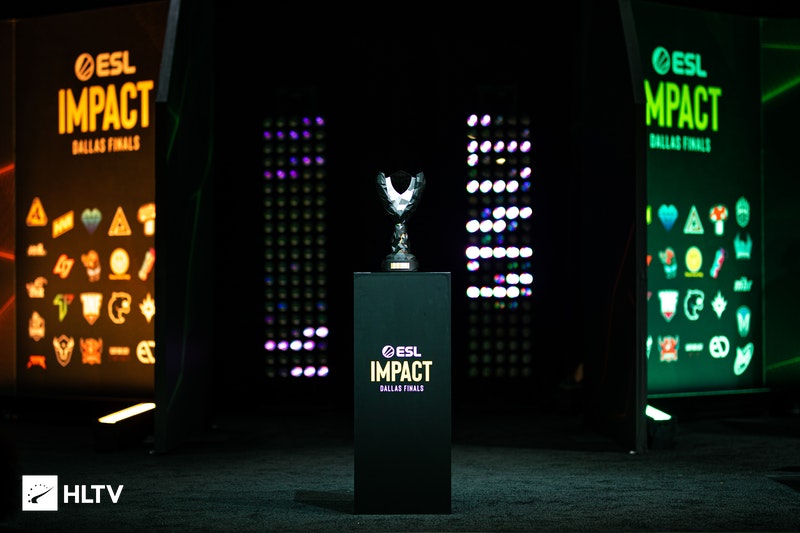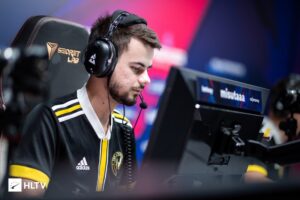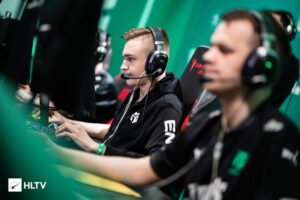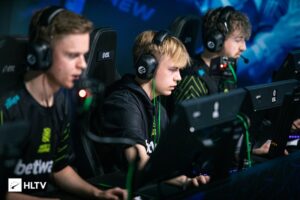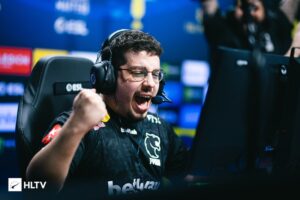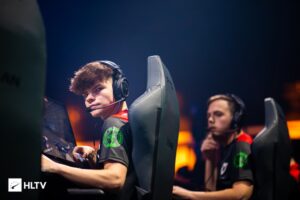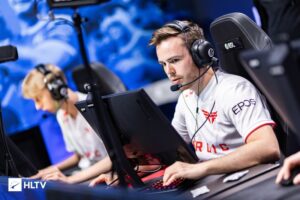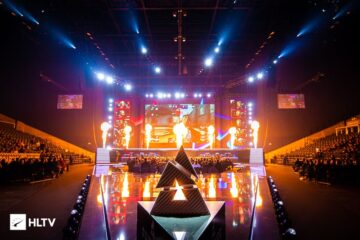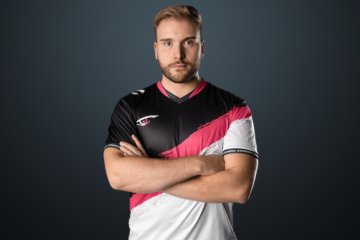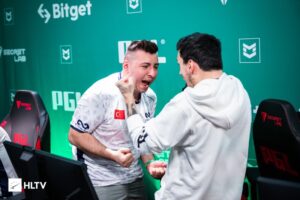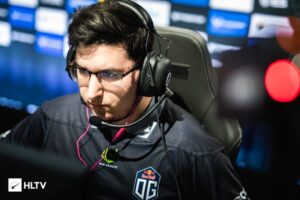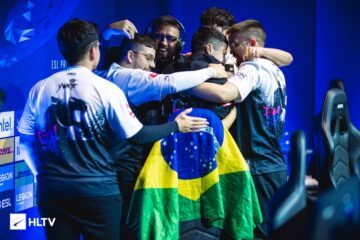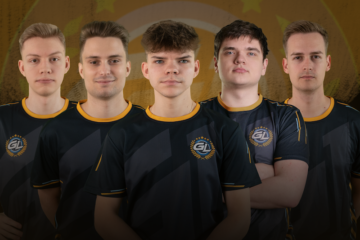“Yeah, female CS almost died. Thanks to ESL Impact, it’s getting reborn again.”
The words of one of the most experienced women players still left competing in Counter-Strike, Ksenia “vilga” Kluenkova, paint a vivid picture of the state the scene found itself in, and the importance of the ESL Impact League that started in 2022 as a part of the GG For All initiative.
To find out how exactly ESL is keeping the women’s scene alive and whether or not the Impact League has made progress towards its goal of attracting new players, we spoke to five players from different regions competing in the tournament to get their perspectives.
The Season 1 finals featured a prize pool of $123,000
Over the past couple of years, the women’s scene within CS:GO had definitely been on a downward trend. Many of the teams that were staples within the scene like Dignitas fe, headed up by Emmalee “EMUHLEET” Garrido, and XSET, the core of Julia “juliano” Kiran and Zainab “zAAz” Turkie, had disappeared, switching to VALORANT. Furthermore, the regular tournaments like Intel Challenge Katowice, WESG, and Copenhagen Games had disappeared once the pandemic had begun.
A lot of players from other teams around the world were thinking about switching to VALORANT
With little left to play in in terms of exclusive tournaments, many existing players started to slowly quit competing, seeing VALORANT as a more attractive alternative. Captain of FURIA fe Olga also saw this trend, saying “a lot of players from other teams around the world were thinking about switching to VALORANT.”
The COVID-19 pandemic had side effects that made the competition difficult other than just decreasing the number of events, especially in a region like Oceania. Vivienne “BiBiAhn” Quach of Mindfreak shared her experience playing in Australia in the last couple of years, echoing many of the same sentiments. “Because of COVID and that, we’ve had less opportunities and been completely shut out because of international travel.”
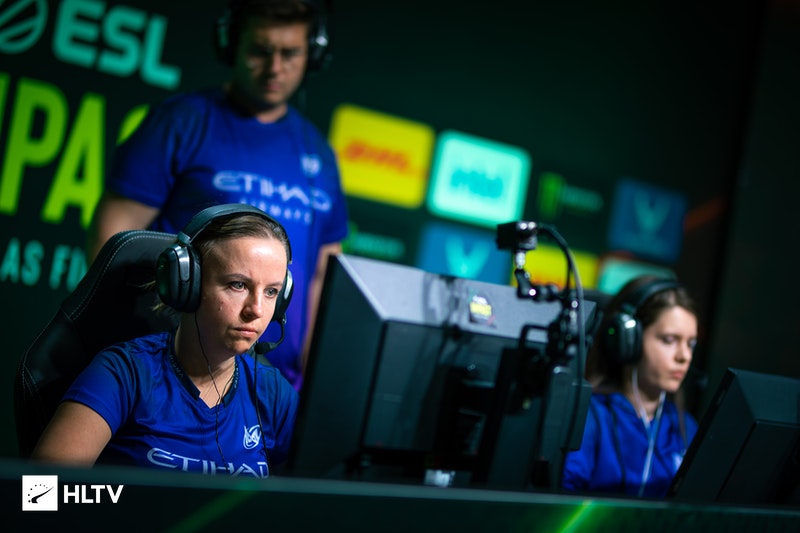
Nigma Galaxy established themselves as the best women’s team in Dallas
Not only were older players leaving the game for greener pastures, but newer players were also not coming in to take their place. The CS:GO player base always contained a very small percentage of women, and the number had not seen any significant increase in recent years. But why are women rarer in not just Counter-Strike, but esports in general?
The question has been asked for years, with a plethora of answers being given depending on the person. In Olga‘s experience, what we see in CS:GO is “just a reflection of society,” explaining that a hostile environment doesn’t just exist in the game itself. “The support, not just about organizations or tournaments, but your own family and people around you. They don’t support you when you’re a girl and you’re playing a game.”
The idea of a hostile online environment for women in gaming is something many cite as one of the primary factors in fewer women playing competitive games, and as a result, becoming competitors in esports. CLG Red‘s Diane “di^” Tran shared her view on the matter, saying “nobody that plays casual games would want to play a game where they’re getting bullied because of their gender.”
I believe that female players need a safe space. It’s really important because without it there is just too much toxicity and sexism
vilga from Nigma Galaxy shared her view that the toxicity and abuse she and many other women experienced is the core of the issue, explaining that projects like ESL Impact combat that by providing an all-women environment. “I believe that female players need a safe space. It’s really important because without it there is just too much toxicity and sexism and just hate in general, based on the sex of a person.”
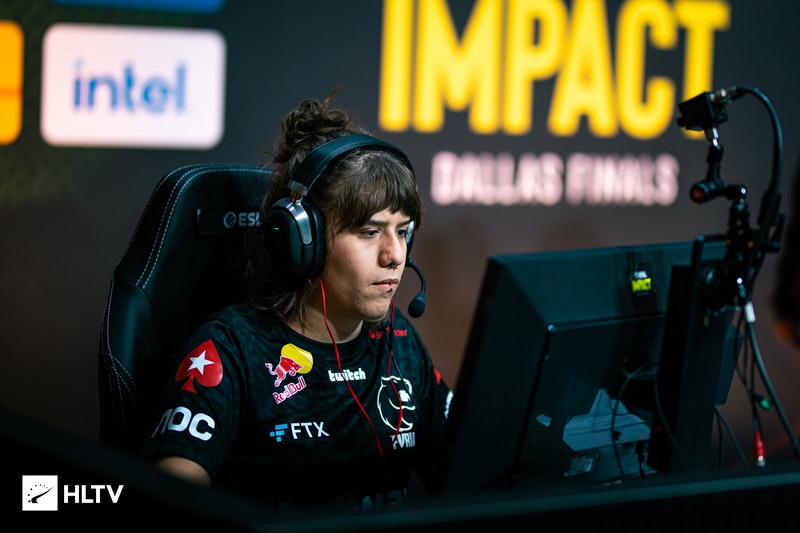
FURIA fe made a statement taking down CLG Red
Because of all these factors like fewer tournaments, players leaving, and new players not coming in, the ESL Impact League served as a ray of hope for many of the remaining competitors. “When we found out about the ESL Impact League, we were super excited because we were on the edge of switching to VALORANT,” said vilga, “we had no competition left in Europe.”
The tournament series featured full-on league formats for the three largest regions in North America, South America, and Europe. In South America, FURIA fe found themselves as strong favorites to win a spot in the finals and Olga described that experience when playing in the regional league.
“In Brazil, it was a bit pressured because we’re kind of favorites, so you carry a bit of pressure when you have this title. But we were in a bootcamp with the team, so we were so focused and training so hard, like more than 10 hours per day.”
The women’s scene in NA is definitely growing and going in the right direction
North America is in a similar position with CLG Red, who have dominated the region themselves since the departure of the previously mentioned Dignitas. Despite having little competition for her team, di^ still has optimism about the future of her region. “The women’s scene in NA is definitely growing and going in the right direction.”
The experience in Europe however, seemed to be a lot better, according to vilga. “In Europe, it’s really hard to stay on top and there is constantly a lot of challenge.” The Russian journey-woman praised her own region, also mentioning other teams like BIG EQUIPA and NAVI Javelins. “I really think that the European level of female CS is pretty high, and I’m really happy that Valencia gave four slots this time to Europe.”
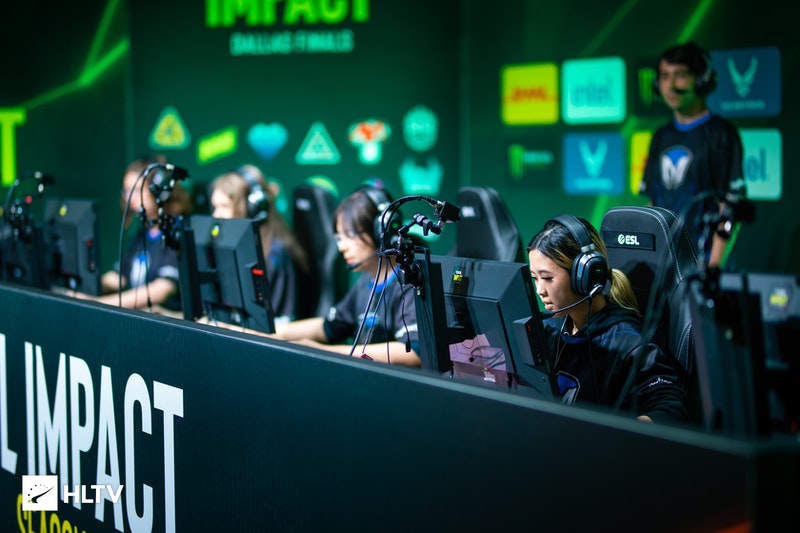
Oceania won’t get a spot in Impact Season 2
The other two regions represented at the LAN finals, Oceania and South Africa, did not have leagues of their own, and instead earned spots through open qualifiers. While the turnout for most qualifiers or cash cups was very low, there was a noticeable increase in teams and players following the announcement of the circuit. In Oceania, BiBiAhn specifically saw more teams entering into the regular ESEA cups. “During the Cash Cups, some teams are actually VALORANT players, so some would come over, just play the Cash Cup.”
Some of these new players are even a part of her team, with the 19-year-old explaining how some of her teammates were not just new to competing on LAN, but to CS:GO in general. “We have Laura “Viscose” Taylor, Emily “Emiinent” Rea — we picked them up from Apex [Legends]. They’re sharp as hell, but the game sense may not be there.”
ATK fe‘s Megan “M3gzz” van der Westhuizen noticed a similar trend in South Africa with an increase in competition. “Well, it’s very small to begin with, but I think it’s a pretty good scene. It’s grown a lot since the past two years.” She also spoke about encountering new players coming to her for advice on getting into the scene. “There’s a lot of people that have messaged me to like find them teams to play in for the tournaments.”
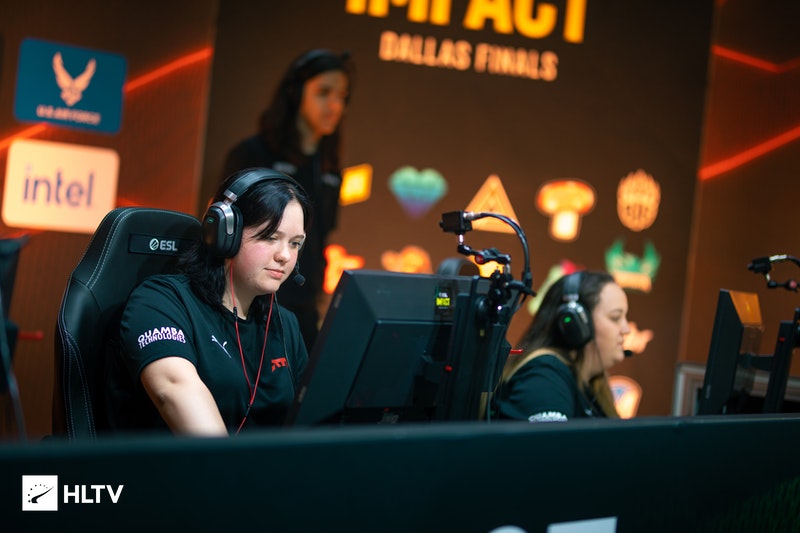
M3gzz says the South African scene has come a long way
Even though growth is more noticeable in smaller regions, players from the larger regions also noticed more players being drawn in. “We see more and more teams joining the tournaments and I’ve seen some teams that I’ve never seen before at this tournament for example.” said vilga about Europe, while di^ echoed the sentiment for NA. “It’s really opened my eyes to see how many new females are getting into competitive CS.”
At the very least, the Impact League has certainly seemed to result in an increase in the number of women competing in the game. However, when the circuit was announced, there were those who criticized the league, arguing that more exclusive events would make it harder for high-level mixed-gender competition in the future.
I think it’s important to always aim for more high-level mixed competition
On the topic of competition that mixes men and women, many of the women competing now still see it as something to strive for in the future. “I think it’s important to always aim for more high-level mixed competition. I think that’s the whole goal, right?” says di^.
But even if that is the end goal, vilga thinks there are still ways to go before it will be a reality. “I think we’re still pretty far away from getting there, because the number of players we have is just not enough. The difference in amount between male and female players is just too big.”
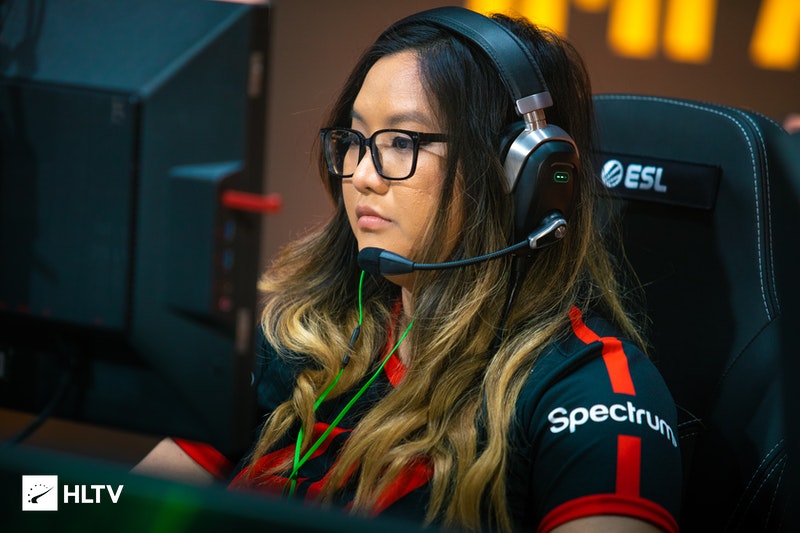
di^ hopes that the circuit will keep attracting new players
BiBiAhn has gained a level of notability because of this topic, as she is one of the few women to play in mixed teams at a high level, having spent time playing with both Rooster 2 and munyanyo. “I never shy away from playing in mixed teams. I don’t really get affected by whatever happens in those teams. Like I pretty much prefer to play mixed because they just push me to do more. Sure you get more feedback or criticism, but I feel like they know the best — I’m learning from the best.”
She still believes that circuits like Impact are still important in working towards achieving the goal of regular high-level mixed-gender play, though. BiBiAhn added that it helps to give women experience in competition. “I feel like this is an integral stepping stone for women to ease themselves into the competitive process.” vilga also explains that simply having more players to choose from, better players will naturally emerge. “The more players there are, the higher competitiveness there is, so the scene will be developing.”
Competition is an unforgiving discipline, however. Even if new women are interested in participating in tournaments, it can still be a long and tough road to the top. di^ suggests players focus on all aspects of their game and put in the time. “My advice is always to make sure you’re putting in time and effort into the game. I’m not saying you need to play 10,000 pugs a day, but watch your demos, work on your mechanics, and focus on your comms. You will get noticed for all the hard work you put into the game, it doesn’t go unseen.”
vilga, on the other hand, has pretty simple advice for newcomers to the game. “My only advice that I’ve had for ages is: never give up and just follow your dreams.”
